
Outcomes
A learner-centered approach prioritizes the full scope of a child’s developmental needs to ensure every learner has opportunities and support to reach their fullest potential. As the Learning Policy Institute notes, “Decades of research have demonstrated the need for education strategies that recognize the connections between children’s social, emotional, cognitive, and academic development, as well as their physical and mental health.”
A powerful way to expand our view of success is to create and use a Portrait of a Learner, a comprehensive and holistic representation of a learning ecosystem’s desired outcomes that can function as a school or district’s promise to the community. It aligns practices to a shared vision of success for every learner and honors each learner’s unique identity, strengths, goals, and aspirations. A Portrait of a Learner defines the knowledge, skills, and mindsets a community commits to developing in learners throughout their time in the system to maximize their potential for success in school and beyond.
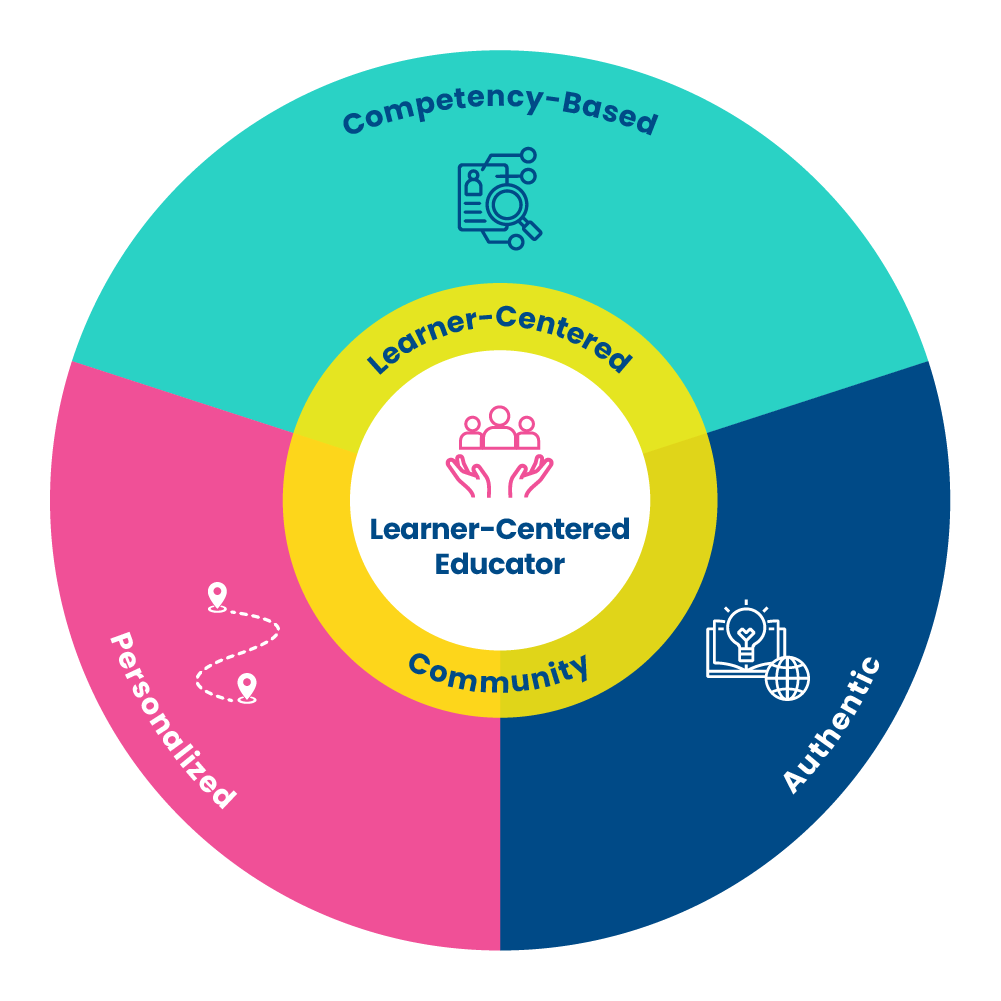
Once a shared vision for learner success is in place, we can begin bringing that vision to life within the daily student and educator experiences. This isn’t about starting from scratch; it’s about building on what’s already working and intentionally designing learning that helps students grow toward the outcomes defined in the Portrait of a Learner.
At Learner-Centered Collaborative, we’ve drawn from leading research in the learning sciences and practical application with our school and district partners to identify three key elements of a learner-centered learning model:
While individual teachers can lead important learner-centered shifts, scaling this approach across a school or system requires intentionally designed structures and systems that act as levers for lasting change. Districts play a key role in setting policy and allocating resources, but much of the transformation happens at the school level, where significant autonomy and flexibility shape what learning looks like in the classroom.
Some new school models are intentionally built from the ground up with learner-centered design in mind. Space, staffing, and culture are aligned to a bold, modern vision. While these “lighthouse” schools offer powerful examples, they are not the only path to realizing a learner-centered approach.
Through our visits to more than 100 diverse schools—from micro-schools in island communities to rural campuses spread across wide regions to large, urban school sites—we’ve identified five key structures that consistently support and enable learner-centered practices, all based in a clear, learner-centered identity of the school.
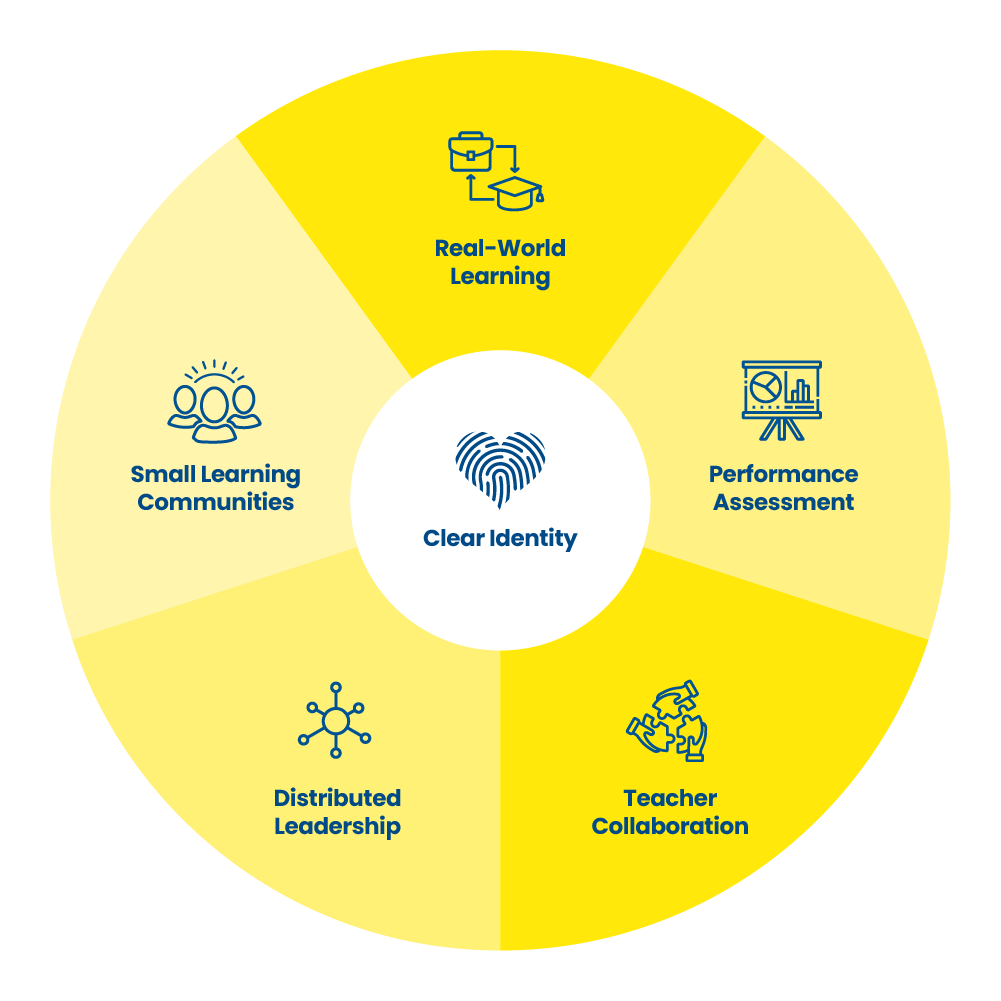
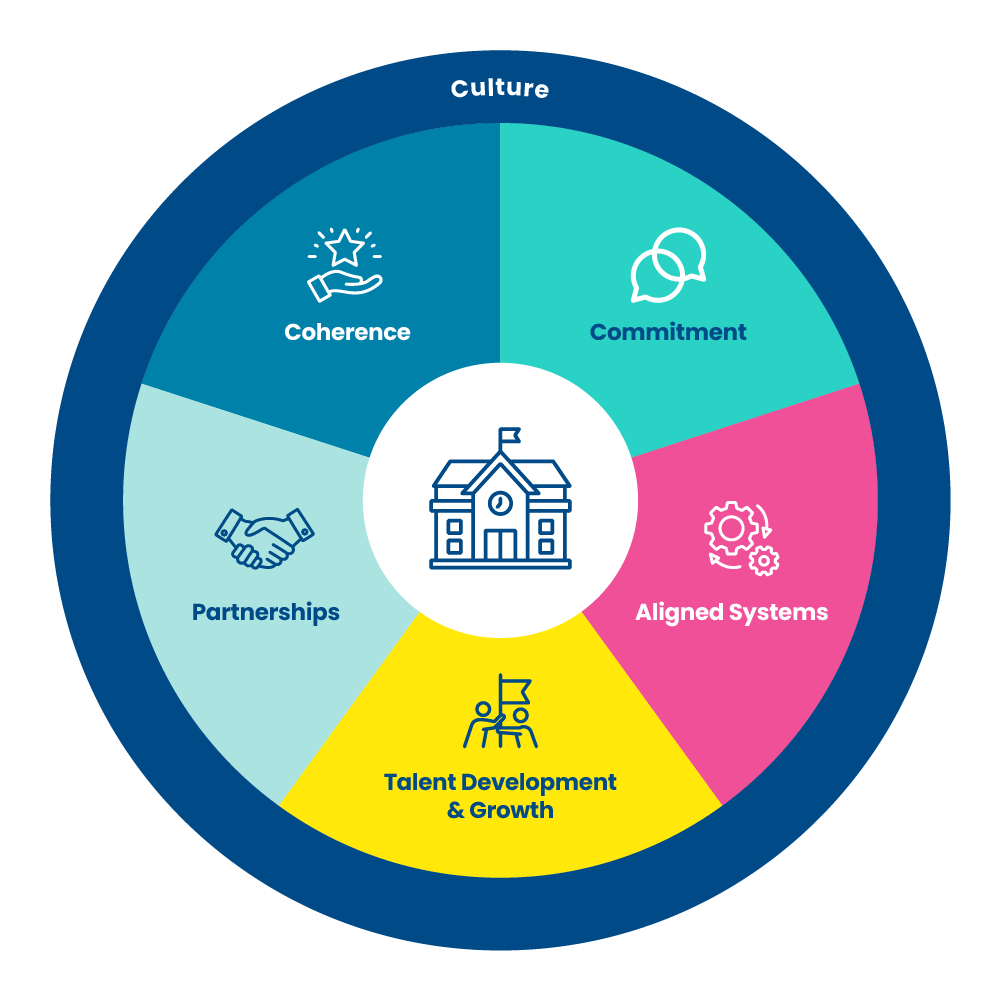
As we work to reimagine our education ecosystems, we must pay close attention to the conditions in which we teach, learn, and collaborate. Research consistently shows that learner-centered practices flourish when educators have the time, support, and trust to do what’s best for their learners—both in the classroom and across the school community. Yet rising demands, burnout, and turnover are real challenges that impact educators and the learners they serve.
It’s no surprise that teachers and leaders often leave systems where they feel unsupported, undervalued, or unequipped to meet students’ needs. We can change this. By creating conditions that empower educators as professionals and position learners as active agents, we build systems that inspire leadership rather than demand compliance.
More than a century after the design of industrial-era education systems, we now stand at the threshold of a learner-centered era. It’s up to all of us to carry forward the lessons that still serve us, let go of what no longer does, and co-create new systems that meet the needs of today’s learners. Attending to the enabling conditions in our schools and communities is essential to making that vision a reality.
Culture is the foundational thread that weaves through every level of the educational ecosystem, shaping the mindsets, relationships, and collective beliefs that drive meaningful change. A learner-centered culture requires adults to examine their beliefs about learners and learning, foster relational trust, and cultivate a shared sense of purpose and efficacy. Scaling innovation is less about expanding programs and tools and more about spreading a shared mindset—one that is consistently lived, reinforced, and supported through collaboration, inquiry, and aligned vision. Daily interactions among educators, students, and communities influence how learning is designed and experienced, making it essential for professional learning to be embedded in ecosystems that prioritize continuous growth, redefine success, and adapt to community needs. Ultimately, transforming education means building environments where innovation thrives and every learner is empowered to succeed.
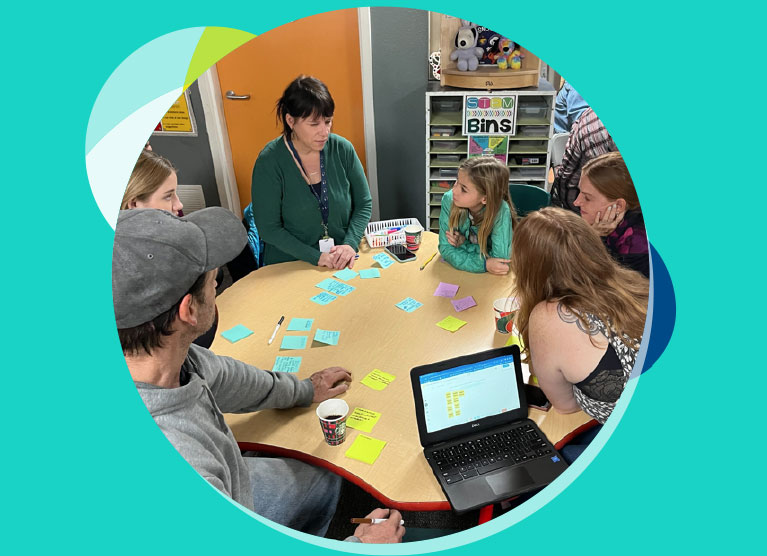
Although the aspiration is bold, it’s the small, intentional steps that build the momentum needed to create new, transformative models. By making these shifts, we can learn, grow and evolve to ensure that all learners have meaningful experiences and opportunities to know who they are, thrive in community, and engage with the world as their best selves.
Onward!
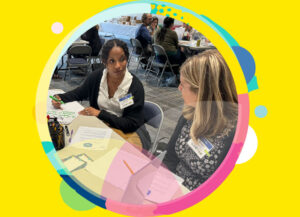
Explore more resources on our website and reach out at collaborate@learnercenterd.org to connect with our team and learn more about how we can support you to Create Coherence, Build Capacity, CoDesign, Measure What Matters and Catalyze Networks as you make the shift towards learner-centered education.